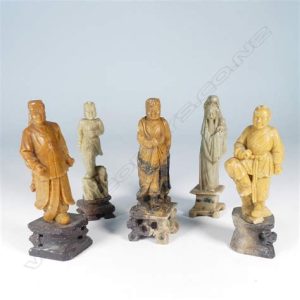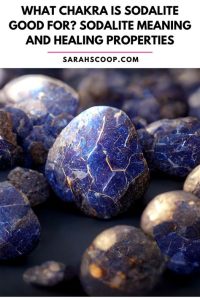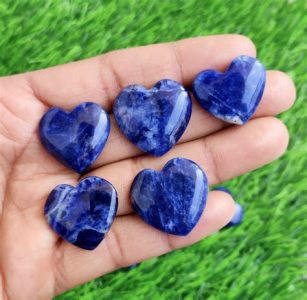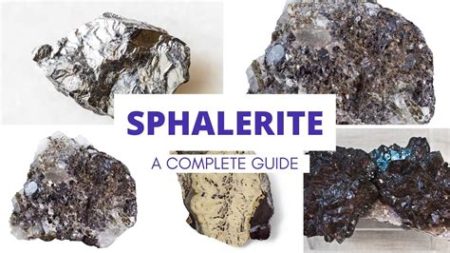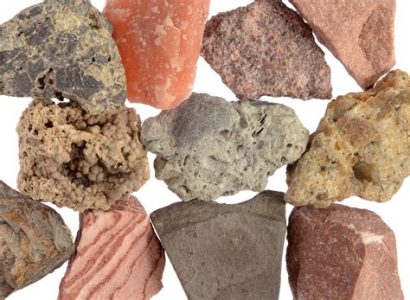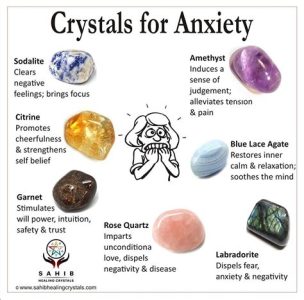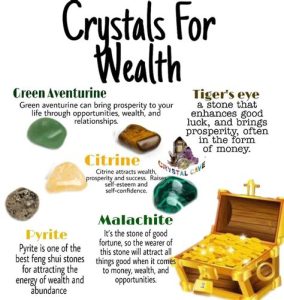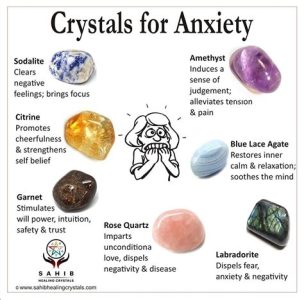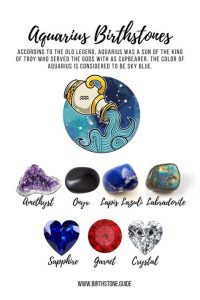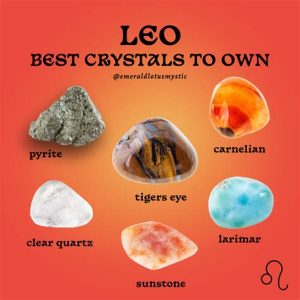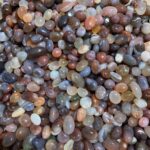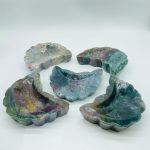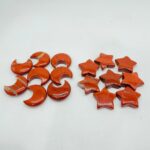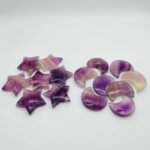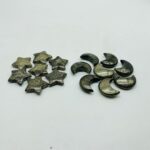Amethyst is a beautiful purple gemstone that has been prized for centuries for its beauty and healing properties. In recent years, amethyst has become increasingly popular, and it is now one of the most sought-after gemstones in the world.
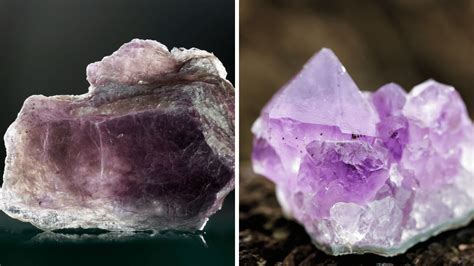
What is amethyst?
Amethyst is a variety of quartz that gets its purple color from impurities of iron and manganese. It is typically found in Brazil, Uruguay, and Zambia. Amethyst is a relatively hard gemstone, with a Mohs hardness of 7.
What are the benefits of amethyst?
Amethyst is said to have a number of healing properties, including:
- Reducing stress and anxiety
- Improving sleep
- Boosting the immune system
- Relieving headaches
- Promoting spiritual growth
Amethyst VS. Other Gemstones
Amethyst is often compared to other purple gemstones, such as sapphire and tanzanite. However, amethyst is typically more affordable than these other gemstones, making it a great value for the price.
Here is a table that compares amethyst to other purple gemstones:
| Gemstone | Color | Hardness | Price |
|---|---|---|---|
| Amethyst | Purple | 7 | Affordable |
| Sapphire | Purple | 9 | Expensive |
| Tanzanite | Purple | 6.5 | Very expensive |
How to choose the right amethyst
When choosing an amethyst, there are a few things to keep in mind:
- Color: The color of amethyst can vary from light purple to dark purple. The most desirable amethysts are those with a deep, rich purple color.
- Clarity: Amethyst can be found with a variety of clarities. The most desirable amethysts are those that are free of inclusions.
- Cut: Amethyst can be cut into a variety of shapes and sizes. The most popular cuts are the oval, round, and pear.
How to care for amethyst
Amethyst is a relatively hard gemstone, but it can still be scratched or damaged if it is not properly cared for. Here are a few tips for caring for your amethyst:
- Store your amethyst in a cool, dry place.
- Avoid exposing your amethyst to direct sunlight.
- Clean your amethyst with a soft cloth and mild soap.
Common Mistakes to Avoid
When purchasing or caring for amethyst, there are a few common mistakes to avoid:
- Buying amethyst that is too dark. Amethyst that is too dark may be difficult to see through and may not be as valuable.
- Buying amethyst that is cloudy or milky. Amethyst that is cloudy or milky may be damaged or may not be of good quality.
- Exposing your amethyst to harsh chemicals. Harsh chemicals can damage amethyst and may cause it to lose its color.
How to Step-by-Step Approach
If you’re looking for a beautiful and affordable purple gemstone, amethyst is a great option. Here’s a step-by-step approach to choosing the right amethyst for you:
- Consider your budget. Amethyst is available in a wide range of prices, so it’s important to set a budget before you start shopping.
- Do your research. Learn about the different qualities of amethyst and what to look for when choosing a gemstone.
- Shop around. Compare prices and selection from different jewelers before making a purchase.
- Get an appraisal. If you’re spending a significant amount of money on an amethyst, it’s a good idea to get it appraised by a professional.
Expand Market Insights
The market for amethyst is expected to continue to grow in the coming years. This is due to the increasing popularity of amethyst jewelry and the growing demand for gemstones with healing properties.
Conclusion
Amethyst is a beautiful and versatile gemstone that is perfect for a variety of jewelry and healing applications. By following the tips in this article, you can choose the right amethyst for you and enjoy its many benefits.

